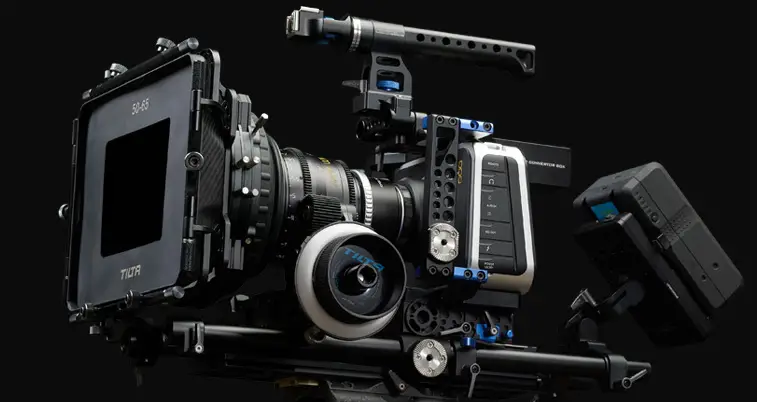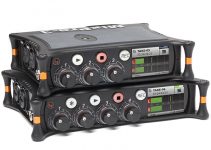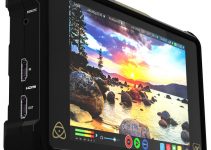The so-called “DSLR revolution”, started by pure accident from Canon, democratised the film industry irreversibly about five years ago.
They were the first to put affordable tools in the hands of tens of thousands of indie filmmakers all over the world.
Furthermore a few years later, Blackmagic Design continued this tradition by releasing three affordable (cinema) cameras and pushed the status-quo even further.
Despite the flaws and downsides of each of those cameras, undeniably, they are fantastic tools, especially in terms of most “bang-for-the-buck”.
In the video below produced by Brad Bell from bradbell.tv we’ll see how the BMCC 2.5K and BMPC 4K render details and which camera produces more detailed images when downscaled to 1080p.
BMCC vs BMPC4k | Detail Comparison from bradbell.tv on Vimeo.
Images were not sharpened or colour corrected beyond:
BMCC HD vs 2.4k Raw – 6% increase in contrast to match shots; raw converted in Resolve without adjustments
BMPC HD vs 4k – colour temp adjusted to match as I reshot the 4k because I thought the first shot must not have been focussed well enough. There was very little difference in sharpness, but the lights had changed temperature.Camera distance from subject relative to resolution:
HD = 129cm = 4.23ft
2.4k = 161cm = 5.28ft
4k = 258cm = 8.46ft
Here are some of the conclusions of Brad Bell:
I did not get the results I expected. My emotional assumptions that told me 4k was better were so thoroughly trashed I went into a rage over it. I’ve had a marketers notion of what 4k is, even after working with it. The *only* thing that makes 4k seem sharper, more detailed, higher resolution, is *display* resolution. 4k is good for lots of things, but in terms of detail, if you are viewing in HD, it’s more of a liability than a benefit. I’m positive a lot of people will disagree with me and I’m sure I’ll learn a thing or two as a result. Maybe my assumptions are wrong. Maybe yours are too.
Maybe Brad is right. Probably a lot of us will argue about his conclusions above, however we should admit that the HD output from both BMCC 2.5K and the BMPC 4K is relatively similar in terms of resolving details when downscaled to HD and viewed on Vimeo at least.
Certainly, there is an inherent notion that 4K is a lot better, in terms of resolving detail, than HD/2K in theory at least. It is fair to agree that it really is, particularly when we consider it in terms of the “displayed” resolution as Brad mentioned.
Furthermore, 4K gives us incredible flexibility and new options when it comes to editing. We can easily reframe shots, crop in, effectively doubling the lens length etc. Stabilisation and tracking work better. We can pan and scan shots as well.

On the other hand, the decision which one of both cameras is better for you should be based on the real shooting situations and the different scenarios that you as a filmmaker would be involved in, rather than blindly relying on the specs of each camera.
For instance, there are many occasions where the dynamic range and the better low light capabilities of the 2.5K BMCC would be more beneficial for your work compared to ability to shoot in higher resolution such as 4K.
As long as you deliver most of your work in HD, It’s safe to conclude both cameras would do a decent job for you. If you are more interested in learning more on the topic and the comparison between BMCC and BMPC 4K make sure you check the video, that we’ve already posted here.
[via bradbell.tv]
Disclaimer: As an Amazon Associate partner and participant in B&H and Adorama Affiliate programmes, we earn a small comission from each purchase made through the affiliate links listed above at no additional cost to you.



